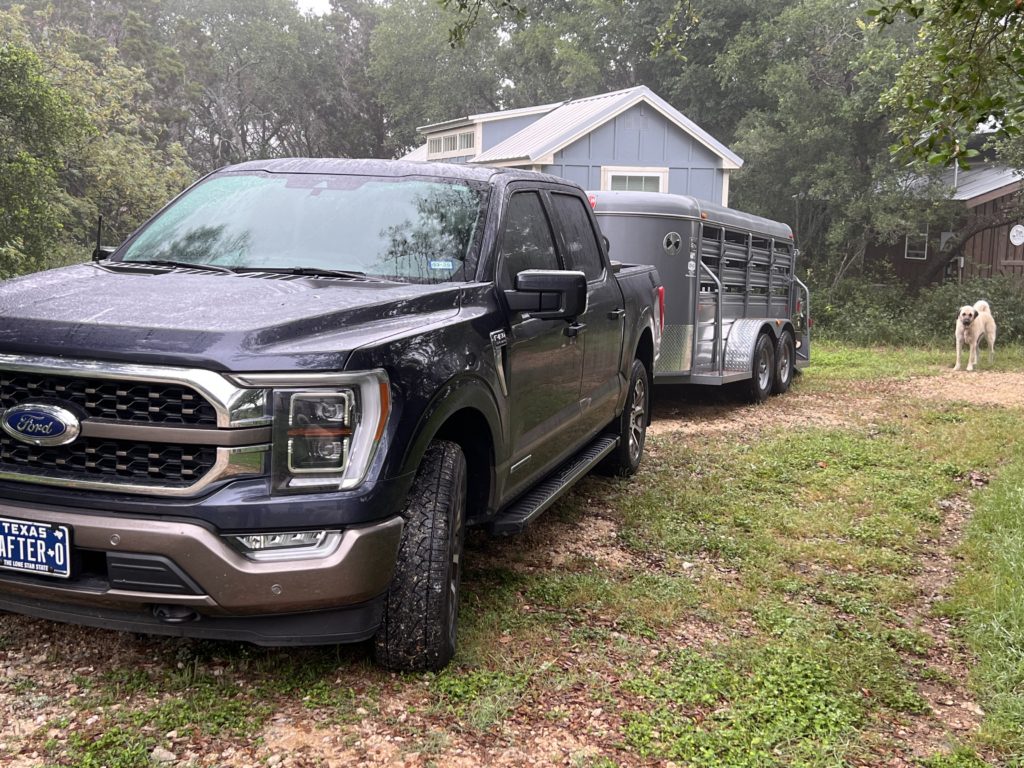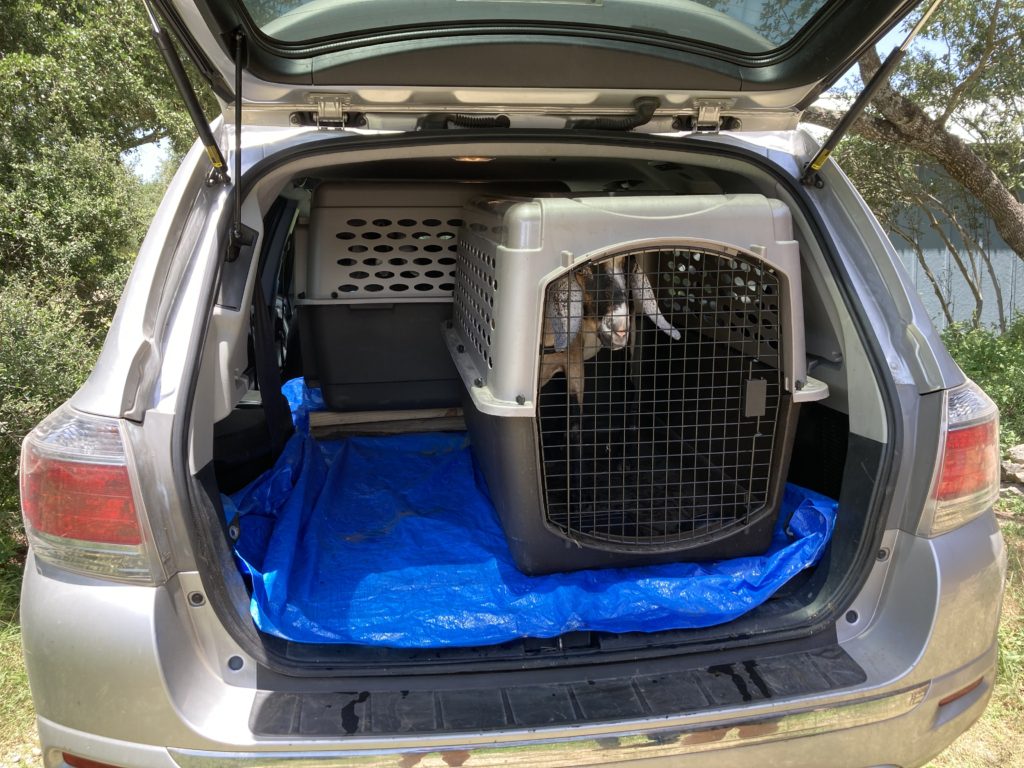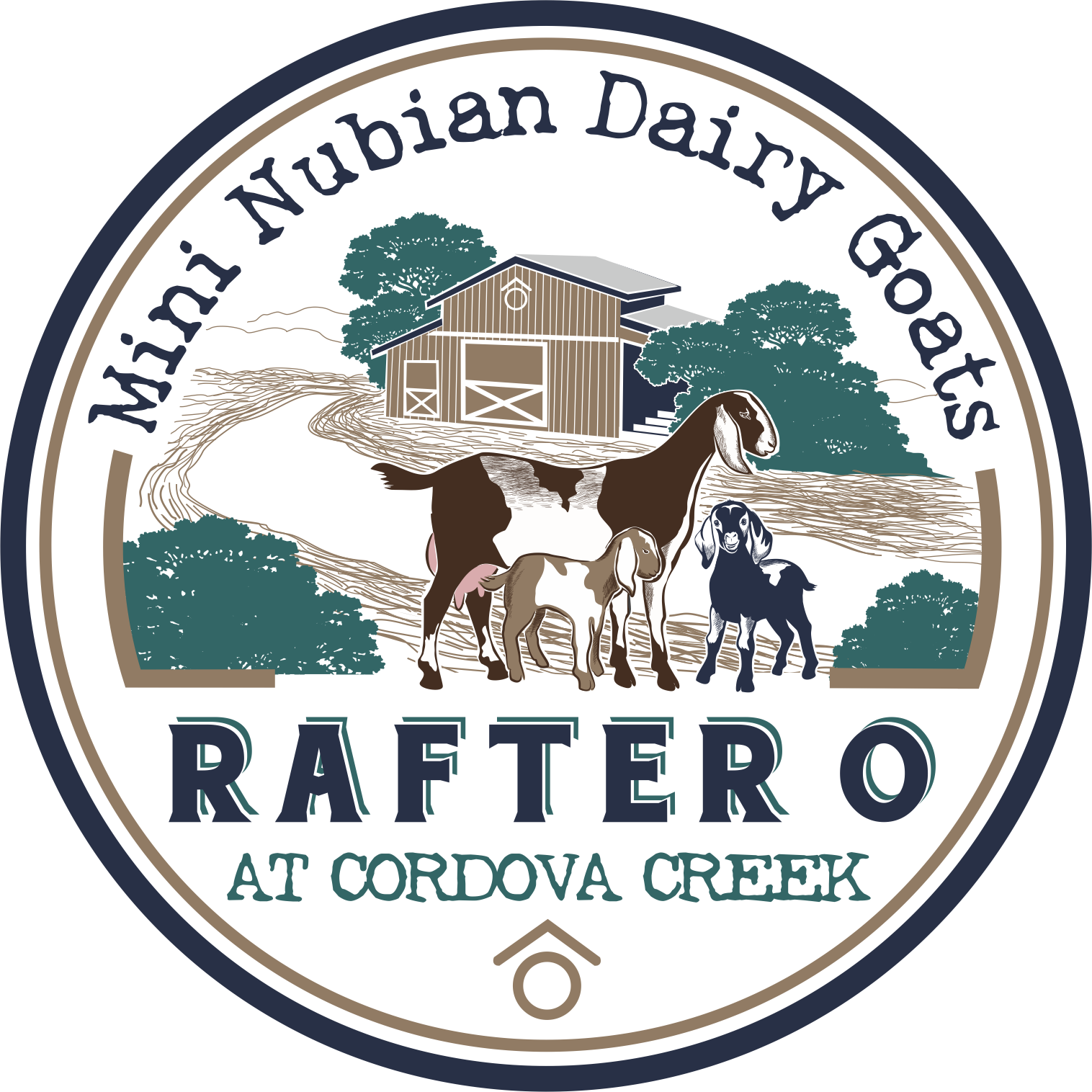Transporting Dairy Goats: A Guide to Safe and Stress-Free Travel
Transporting dairy goats can be a tricky but essential task for any goat owner. Whether you’re taking your goats to the vet, a show, a new home, or even just to fresh pasture, ensuring their safety, comfort, and well-being during transport is crucial. In this blog post, we’ll explore the different options for transporting dairy goats, from small-scale trips to larger-scale hauling, and discuss how to keep your goats safe, comfortable, and stress-free during the journey.
Why Proper Transportation Matters
Proper transportation of dairy goats is essential for their health and well-being. Stress during transportation can affect their immune system, cause digestive upset, or even result in injury. Dairy goats, in particular, are sensitive to stress, and it’s important to minimize anxiety to avoid disrupting milk production or causing long-term behavioral issues.
Additionally, the way goats are transported can impact their health after the journey. Overcrowding, exposure to extreme temperatures, or improper handling can lead to dehydration, fatigue, and even injury. Whether you’re transporting a single goat or a whole herd, providing a safe and comfortable environment is key.
Options for Transporting Dairy Goats
There are several options for transporting dairy goats, each suited for different situations and herd sizes. Let’s take a look at the most common transportation methods and when they might be the best option for your goats.
1. Livestock Trailer

Best for: Small to large herds, long-distance trips
For most goat owners, the go-to transportation method is a livestock trailer. These trailers are designed specifically for hauling animals safely and comfortably, and they come in a variety of sizes, ranging from small two- or four-goat carriers to large multi-compartment trailers capable of carrying entire herds.
Pros:
- Provides ample space for goats to stand or lie down during transport, reducing stress.
- Easy to load and unload goats, especially with ramps or side doors.
- Can transport several goats at once, making it ideal for farm-to-farm transfers, shows, or trips to the vet.
- Livestock trailers are often well-ventilated to maintain airflow, reducing the risk of overheating.
Cons:
- Requires a suitable vehicle for towing the trailer.
- Larger trailers can be costly and require maintenance.
Tips:
- Make sure the trailer has non-slip flooring to prevent injuries and provide goats with a stable footing.
- Include plenty of bedding to absorb waste and keep the goats comfortable.
- Ensure the trailer is well-ventilated but shielded from direct sunlight to avoid overheating.
- Divide goats into separate compartments to prevent fighting and to give each one enough space.

2. Pickup Truck or SUV with a Goat Cage or Pen
Best for: Quick trips, hauling a few goats
For those who only need to transport a few goats at a time, a pickup truck or SUV with a goat pen or cage is a convenient and efficient solution. This method is particularly useful for short trips, such as transporting goats to a show or moving goats between pens on your farm.
Pros:
- Quick and easy to load and unload goats, especially if you have a ramp.
- You don’t need a separate trailer or vehicle for short trips.
- Ideal for transporting just a few goats.
Cons:
- Less secure for goats compared to a fully enclosed trailer, as the goats can be more exposed to the elements and distractions.
- Not ideal for long-distance trips or transporting larger numbers of goats.

Tips:
- Use a sturdy, well-secured pen or cage to keep goats safe during travel.
- Ensure the goats are shielded from extreme weather, especially rain, heat, or cold winds.
- Don’t overload the pens—ensure the goats have enough space to move without crowding.
3. Livestock Transport Services

Best for: Large-scale hauling, long-distance transport
For those who need to move a large number of goats or transport them over long distances, hiring a professional livestock transport service is an option. These services specialize in safely moving animals, and they come equipped with well-ventilated, comfortable trailers designed specifically for livestock.
Pros:
- Ideal for transporting a large number of goats over long distances.
- Professional drivers experienced in handling livestock ensure the goats’ safety.
- You don’t need to worry about the logistics or maintenance of your own trailer.
Cons:
- Can be expensive, especially for long-distance trips.
- Less personal control over the transport process.
Tips:
- Choose a reputable company that specializes in livestock transport and has experience with dairy goats.
- Confirm that the transport company adheres to animal welfare regulations and provides adequate space, ventilation, and comfort for the goats.
4. Transporting by Air Cargo
Best for: Long-distance travel or cross-country transportation
For those who need to transport their dairy goats over long distances quickly, air cargo can be an effective option. While this method is typically reserved for transporting livestock to far-off destinations, such as across the country, it offers a fast and efficient way to get your goats where they need to go. Many airlines provide specialized livestock shipping services, ensuring that the goats are safely secured and monitored throughout the journey.
Pros:
- Ideal for long-distance transport, reducing travel time significantly.
- Airlines experienced in transporting livestock will ensure proper handling, ventilation, and comfort.
- Less exposure to the stress of ground travel for extended periods.
Cons:
- High cost compared to other methods.
- Limited availability depending on location and flight schedules. Weather will affect shipping.
- Potential stress for goats, especially if they’re not accustomed to travel.
Tips:
- Work with a reputable air cargo company that specializes in transporting livestock, ensuring they are well-equipped for handling goats.
- Prepare goats for air travel by familiarizing them with the transport crate and keeping them calm before the flight.
- Ensure all travel documents are in order, including health certificates and any required import/export paperwork.
- Pack plenty of water and ensure they have a comfortable space in the cargo hold with proper ventilation.
Transporting dairy goats by air cargo is an excellent option when you need to move them across long distances quickly. While it can be an expensive choice, it offers the benefit of speedy travel and the expertise of professionals in livestock transportation. As with all forms of goat transport, the key to success is careful planning and attention to the goats’ needs, ensuring a smooth, safe, and comfortable journey.
Conclusion
Transporting dairy goats can be a smooth and stress-free process if you take the right steps to ensure their safety and comfort. The best option for transporting goats depends on the distance, the number of goats, and the type of trip you’re taking. Whether you’re using a large livestock trailer, a small pen in your pickup truck, or a professional transport service, always keep your goats’ well-being at the forefront of your planning. By selecting the appropriate transportation method and preparing properly, you can ensure that your dairy goats arrive safely and are ready to thrive in their new environment.




